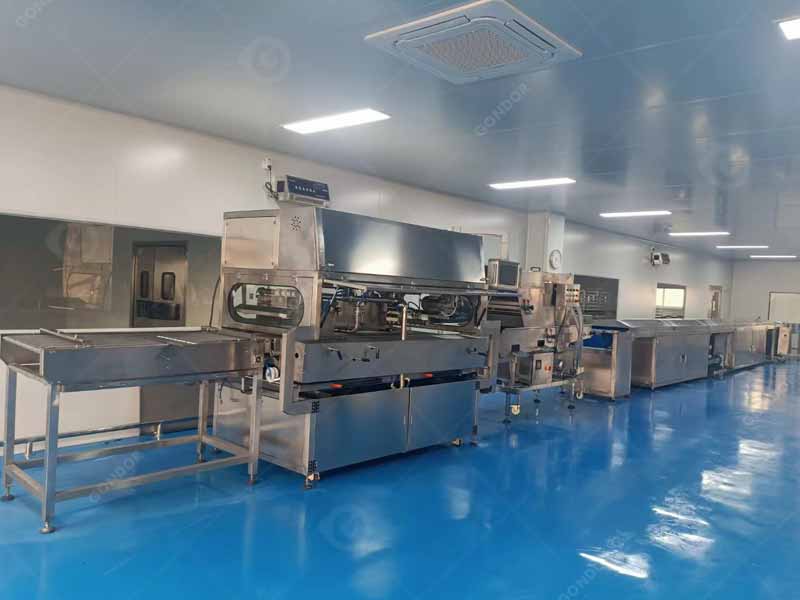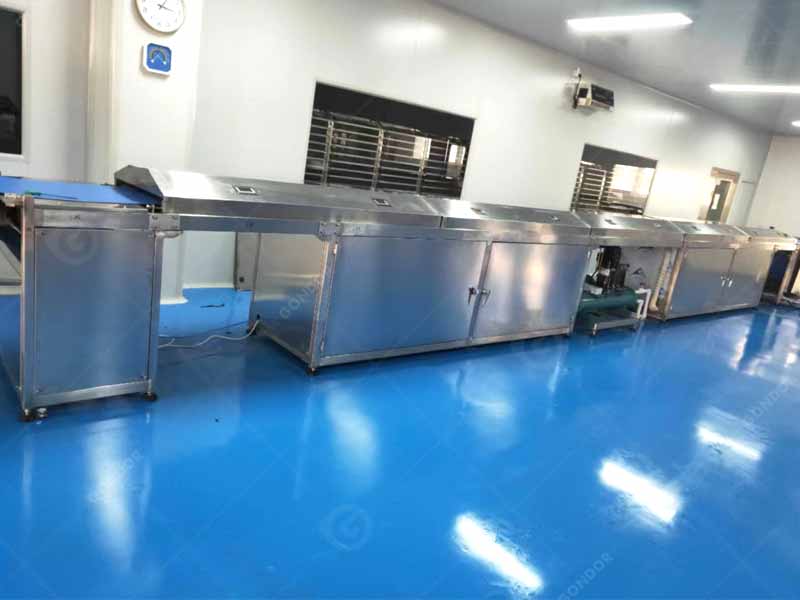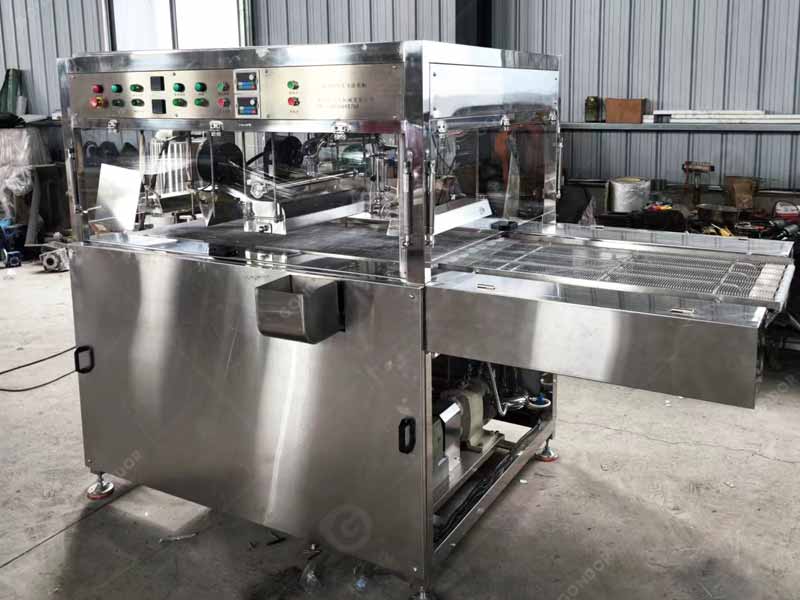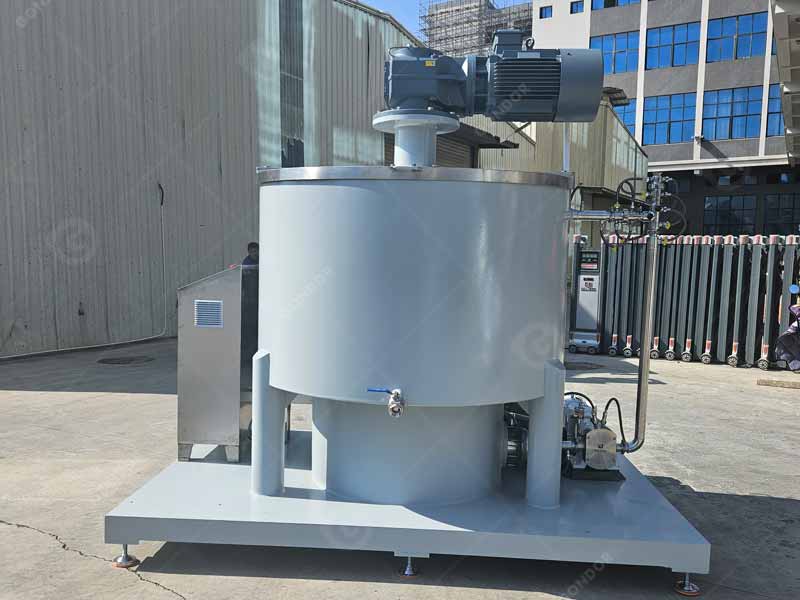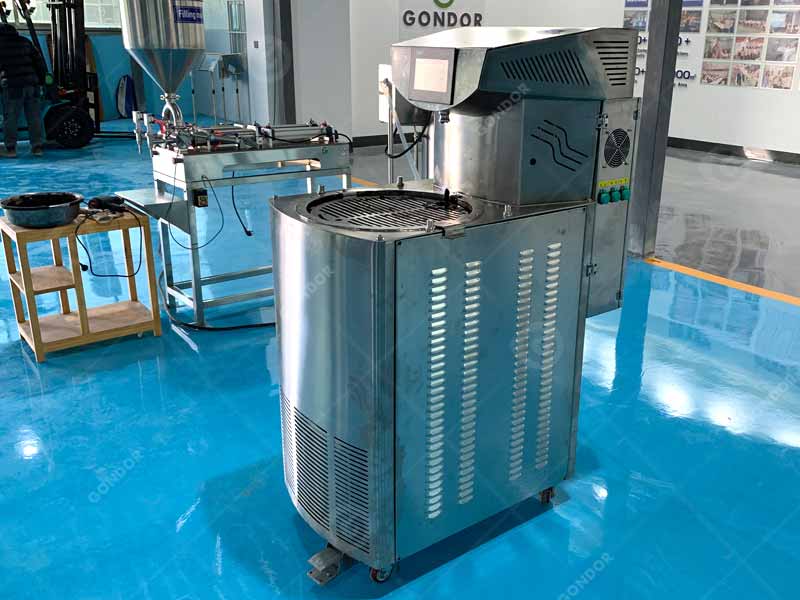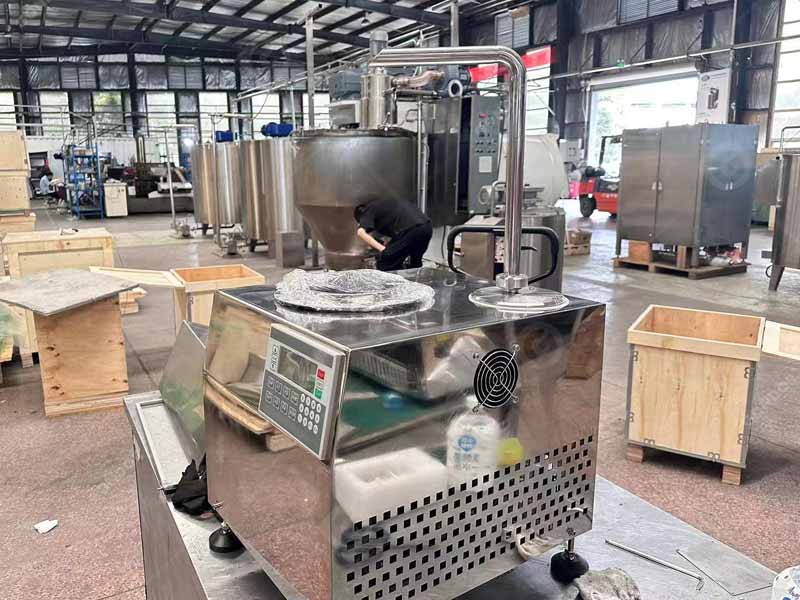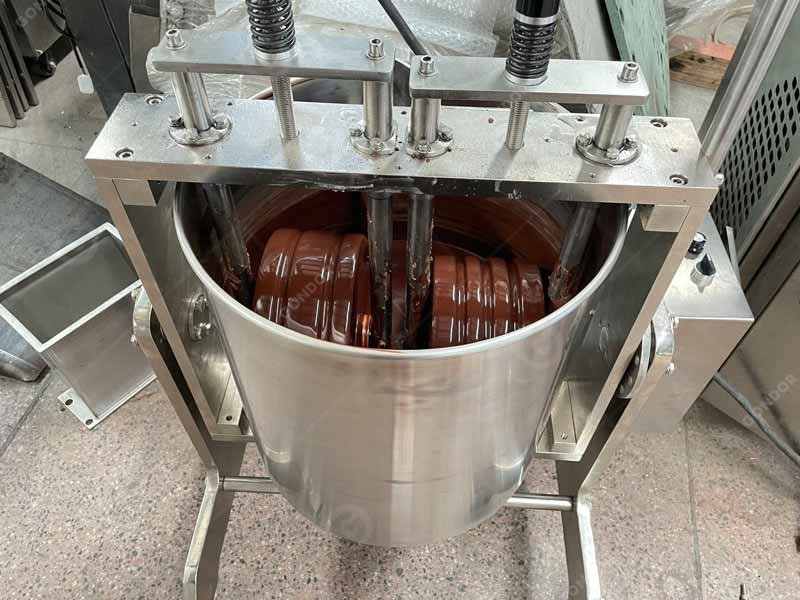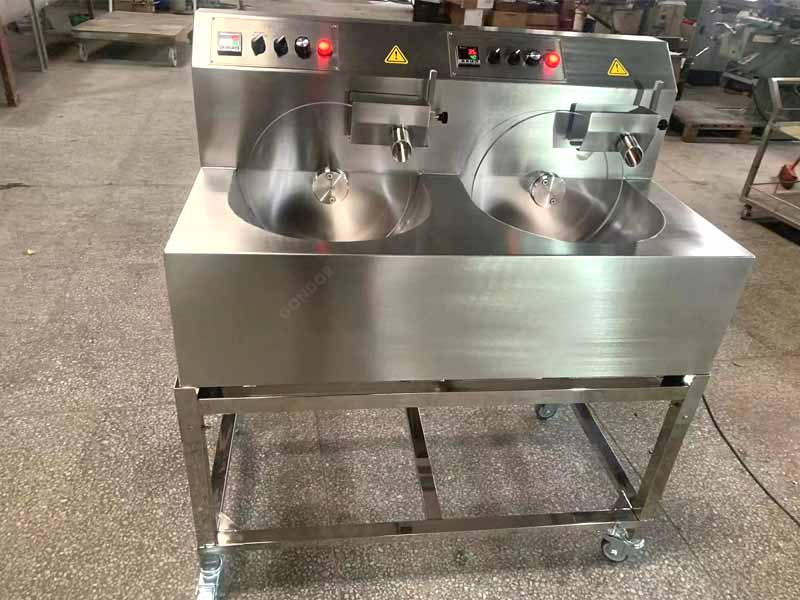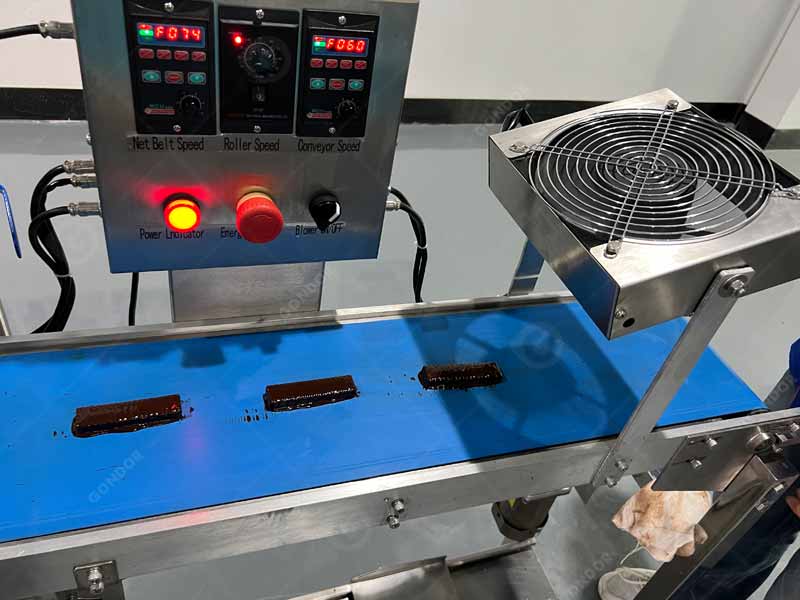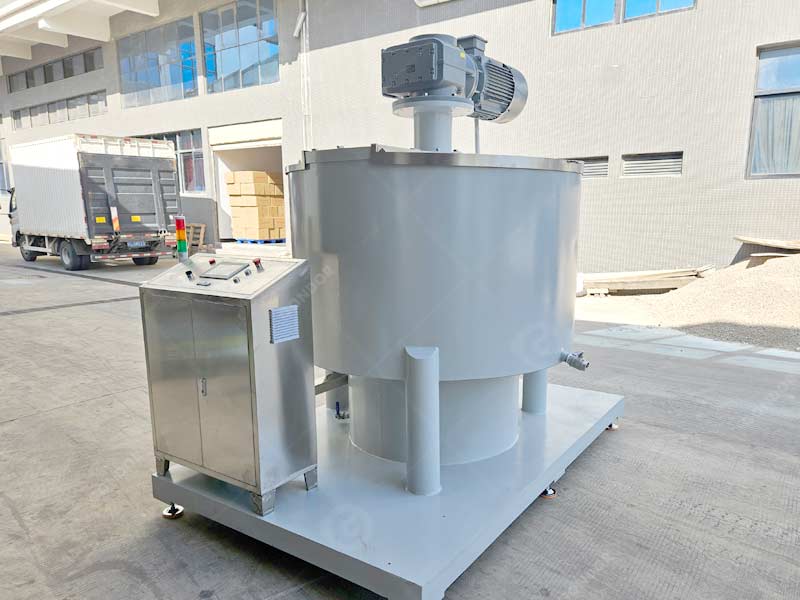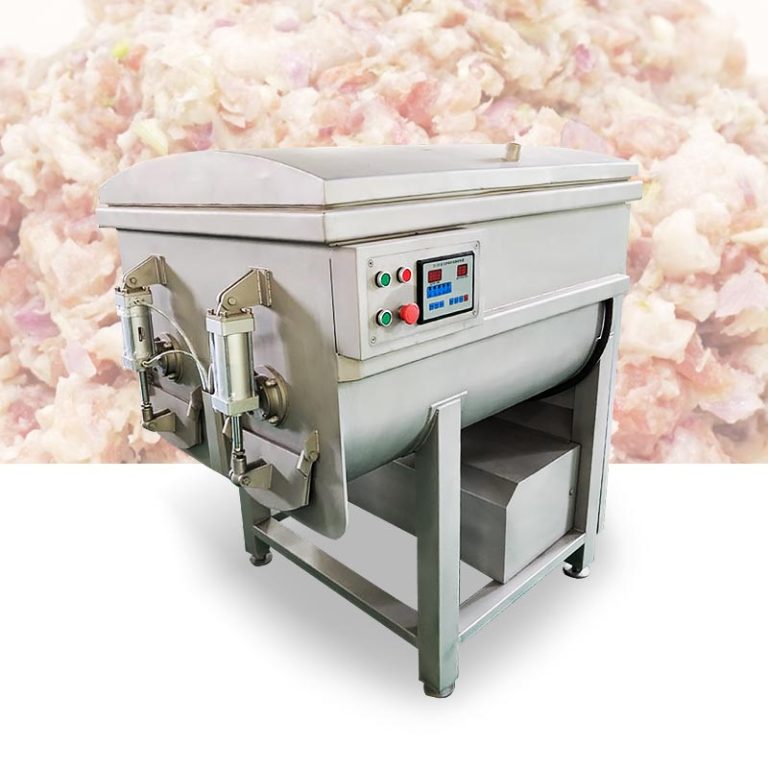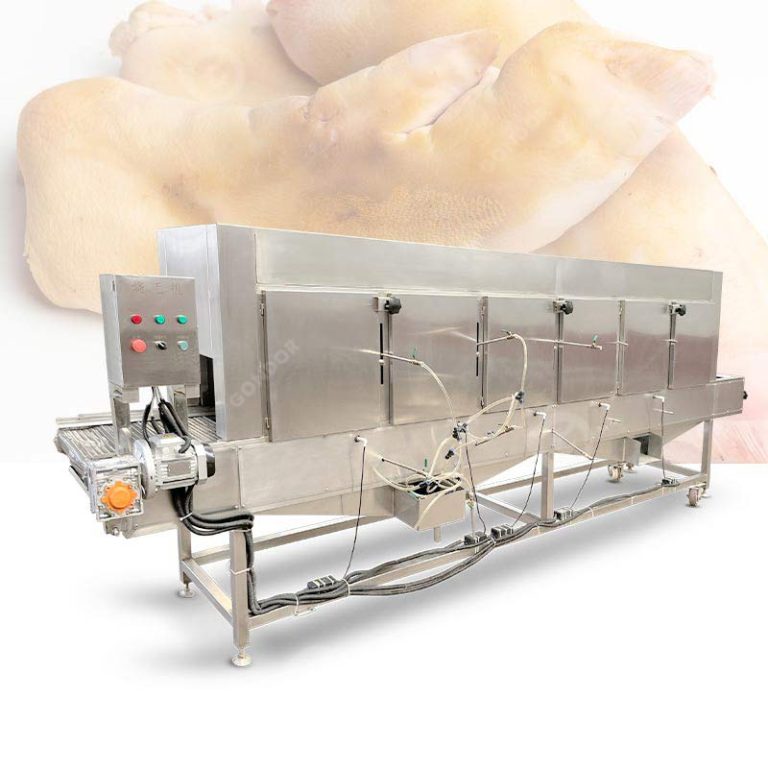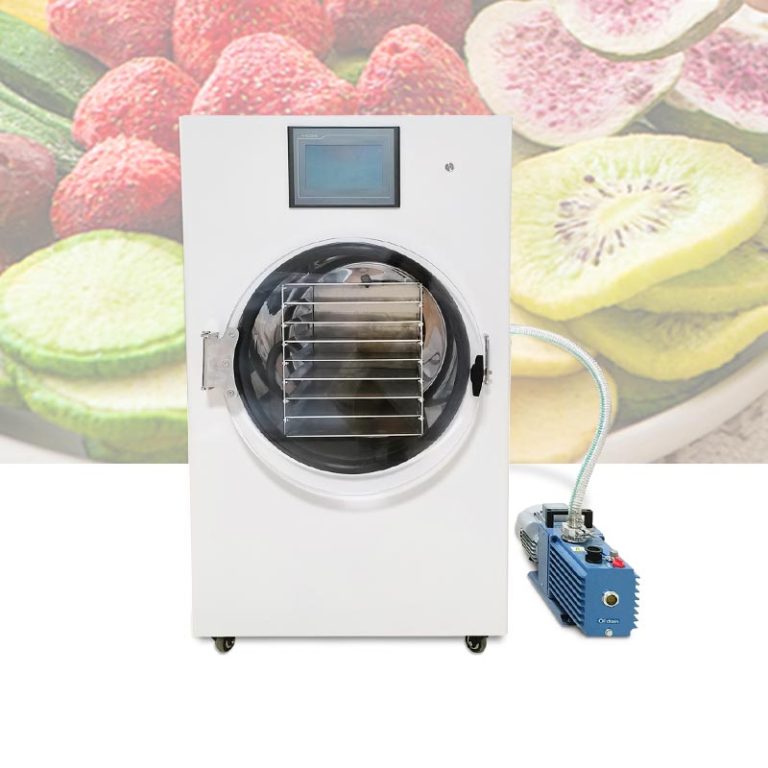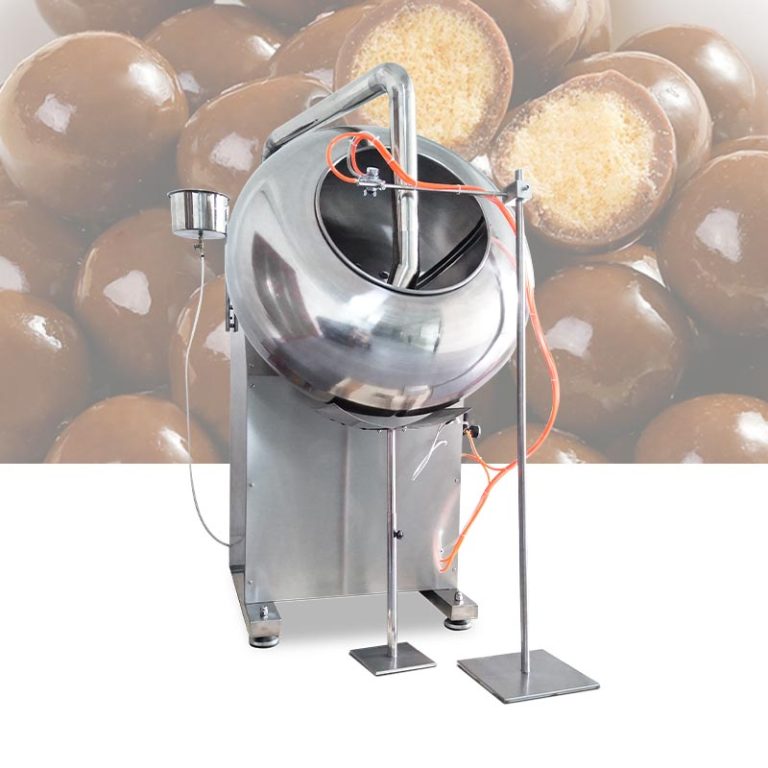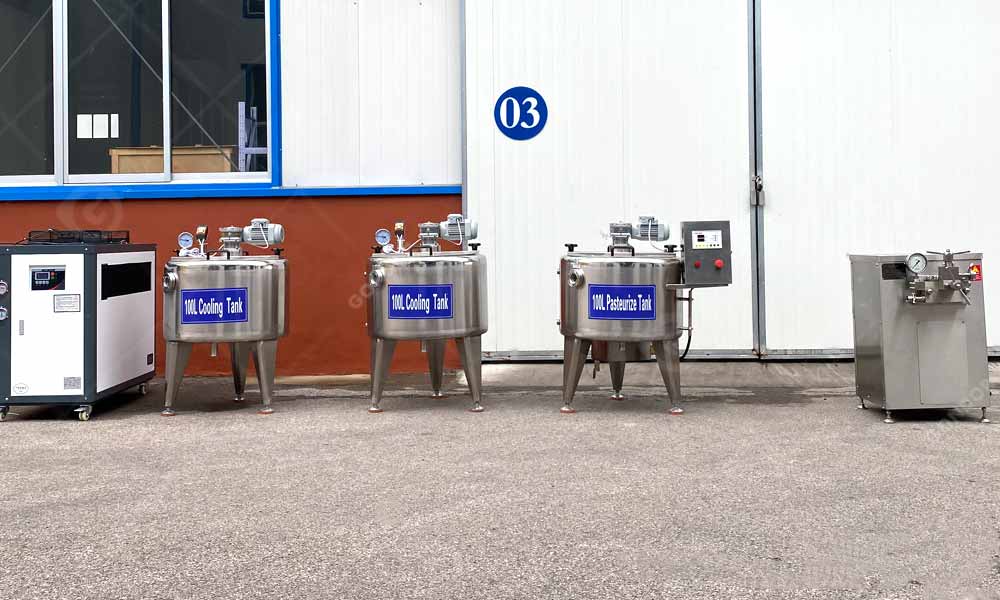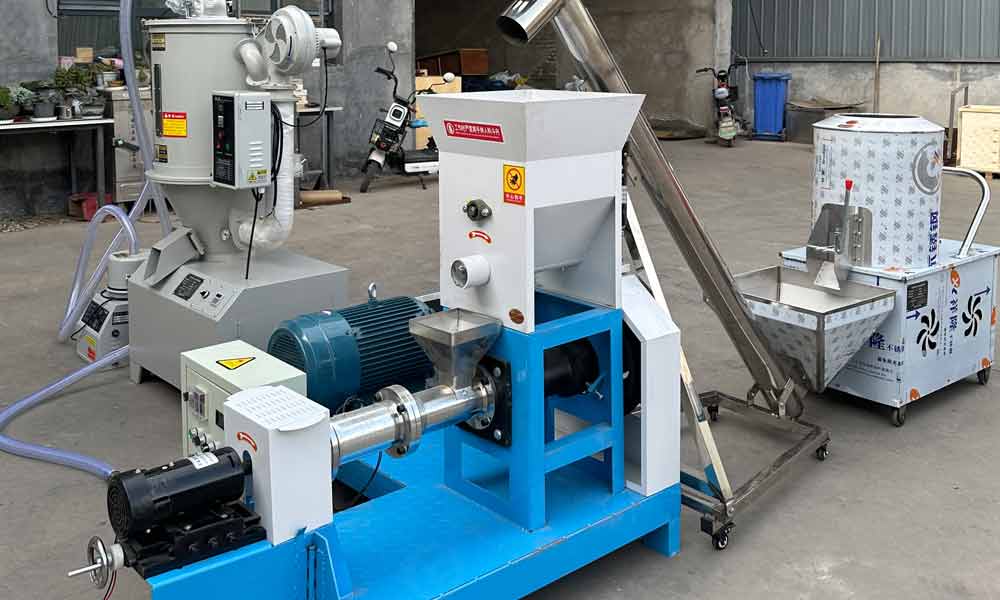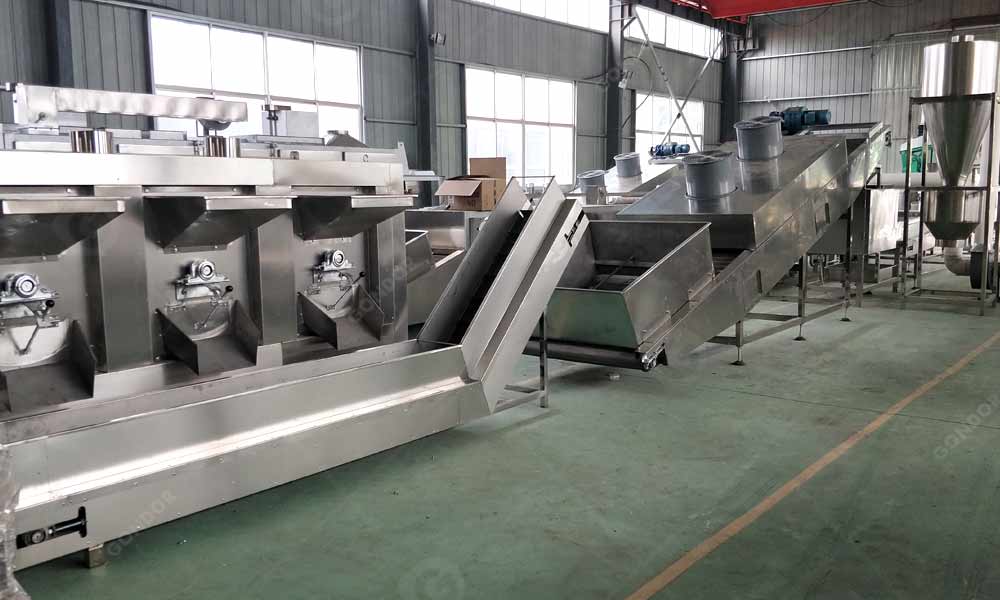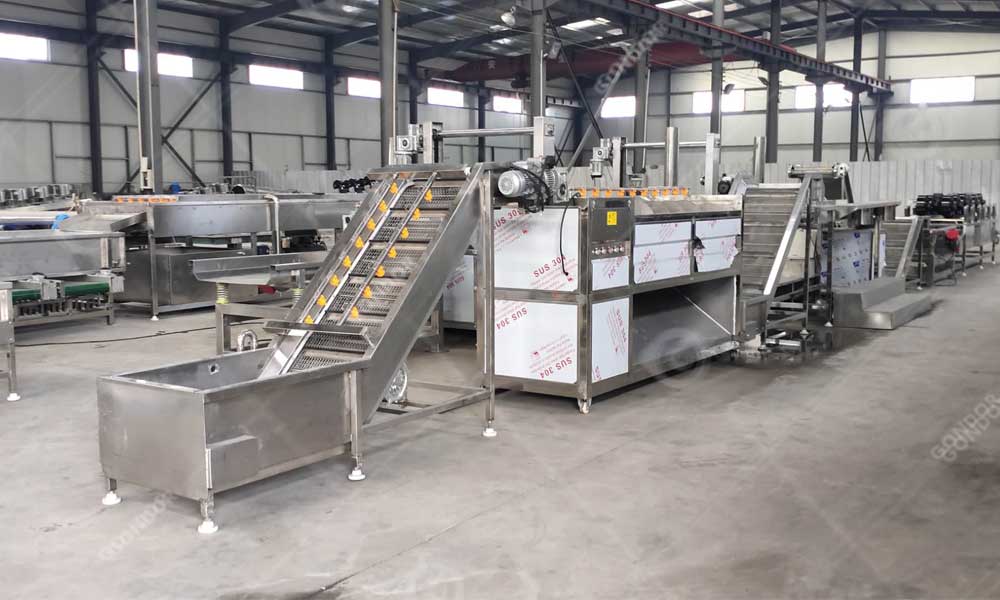Dark chocolate is a beloved treat enjoyed by millions worldwide. But have you ever wondered how this rich, indulgent delight is made? The dark chocolate making process, also referred to as the dark chocolate manufacturing process, is a meticulous journey that transforms raw cocoa beans into the smooth, decadent chocolate we all love. At Gondor Machinery, we specialize in providing state-of-the-art food processing equipment designed to optimize dark chocolate production, ensuring efficiency, consistency, and premium quality. In this comprehensive guide, we’ll answer some of the most frequently asked questions about the dark chocolate manufacturing process, covering everything from key steps and essential equipment to common challenges and solutions.
What Is the Dark Chocolate Making Process?
The dark chocolate making process is a carefully orchestrated series of steps that begins with raw cocoa beans and ends with a finished product boasting a perfect balance of flavor, texture, and aroma. The main stages include:
- Cocoa Bean Processing: High-quality cocoa beans are selected, fermented, dried, and roasted to enhance their natural flavors.
- Grinding & Refining: The roasted cocoa nibs are ground into a thick, smooth paste known as cocoa liquor.
- Mixing & Conching: Cocoa liquor is blended with cocoa butter, sugar, and emulsifiers, then refined through a conching machine to achieve a silky texture.
- Tempering & Molding: The chocolate is carefully cooled and heated to stabilize cocoa butter crystals, resulting in a glossy finish and satisfying snap.
- Packaging & Storage: The final product is wrapped and stored under optimal conditions to preserve its quality.
At Gondor Machinery, we provide advanced solutions to streamline each stage of the dark chocolate manufacturing process, ensuring consistent, high-quality results.
What Equipment Is Used in Dark Chocolate Production?
Producing dark chocolate at scale requires specialized machinery. Key equipment includes:
- Cocoa Bean Roaster: Ensures even roasting for rich, complex flavors.
- Winnower: Separates cocoa nibs from shells after roasting.
- Ball Mill/Stone Grinder: Breaks down cocoa nibs into ultra-fine cocoa liquor.
- Conching Machine: Enhances texture and flavor through prolonged mixing and aeration.
- Tempering Machine: Controls crystallization for a glossy finish and perfect snap.
- Molding & Cooling Line: Automates shaping and cooling for uniform product quality.
At Gondor Machinery, we offer precision-engineered solutions to simplify the dark chocolate manufacturing process, helping manufacturers achieve consistent, high-quality results with minimal effort.
What Are the Common Challenges in Dark Chocolate Manufacturing?
While the dark chocolate production process is well-defined, manufacturers often face challenges such as:
- Variability in Cocoa Bean Quality: Different origins can result in flavor inconsistencies.
- Inconsistent Grinding & Refining: Over-grinding can cause viscosity issues, while under-grinding leads to a grainy texture.
- Tempering Complications: Improper crystallization can result in fat bloom (white streaks on chocolate).
- Storage & Transportation Issues: Exposure to humidity and temperature fluctuations can affect shelf life.
What Are the Key Steps in the Dark Chocolate Manufacturing Process?
In a commercial setting, the dark chocolate production process follows a structured workflow:
- Raw Material Selection: Sourcing premium cocoa beans is critical for achieving the desired flavor profile.
- Roasting & Winnowing: Beans are roasted at precise temperatures, then winnowed to separate the nibs from the shells.
- Grinding & Refining: Cocoa nibs are ground into cocoa liquor using specialized equipment like ball mills or stone grinders.
- Mixing & Conching: Cocoa liquor is combined with cocoa butter, sugar, and emulsifiers, then refined through conching to enhance texture and flavor.
- Tempering: The chocolate is tempered to stabilize cocoa butter crystals, ensuring a smooth, glossy finish.
- Molding & Cooling: The tempered chocolate is poured into molds and cooled under controlled conditions.
- Packaging & Distribution: The finished product is wrapped and stored to maintain freshness and quality.
With Gondor Machinery’s cutting-edge equipment, manufacturers can optimize each step of the dark chocolate making process, delivering exceptional results every time.
What Ingredients Are Used in Dark Chocolate Manufacturing?
Dark chocolate is made using a minimal yet essential set of ingredients:
- Cocoa Solids: The foundation of dark chocolate’s rich, intense flavor.
- Cocoa Butter: Adds smoothness and enhances mouthfeel.
- Sugar: Balances bitterness and adds sweetness.
- Emulsifiers (e.g., Lecithin): Improves fluidity and texture.
Unlike milk chocolate, dark chocolate contains no milk solids, making it a favorite for those seeking a pure cocoa experience.
What Is the Role of Conching in Dark Chocolate Production?
Conching is a critical step in the dark chocolate manufacturing process, responsible for:
- Removing unwanted acidity and bitterness.
- Developing a smoother, creamier texture.
- Enhancing the blending of cocoa, sugar, and cocoa butter.
Gondor Machinery’s modern conching machines offer precise control over refining time and temperature, ensuring an ultra-smooth final product.
Why Is Tempering Important in Dark Chocolate Production?
Tempering is essential because it:
- Ensures proper cocoa butter crystal formation.
- Gives chocolate a glossy finish and firm snap.
- Prevents fat bloom, which can cause an unappealing white coating.
Therefore, our automatic tempering machines deliver consistent results, reducing waste and improving product quality.
How Long Does the Dark Chocolate Making Process Take?
The time required for dark chocolate production varies:
- Artisanal Production: Can take several days to allow flavors to fully develop.
- Industrial Production: Optimized for efficiency, significantly reducing processing time without compromising quality.
With Gondor Machinery’s advanced technology, manufacturers can balance speed and quality to meet production demands.
How Should Dark Chocolate Be Stored After Production?
To maintain quality, dark chocolate should be stored:
- Temperature: Between 15-18°C (59-64°F) to prevent melting.
- Humidity: Low humidity levels to avoid sugar bloom.
- Odor Protection: Away from strong odors, as chocolate absorbs surrounding smells.
Our packaging solutions ensure chocolate remains fresh during storage and transportation.
How Does Dark Chocolate Production Differ from Milk Chocolate Production?
The key differences between dark chocolate production and milk chocolate production are:
| Feature |
Dark Chocolate Production |
Milk Chocolate Production |
| Cocoa Content |
Higher |
Lower |
| Milk Solids |
None |
Contains milk solids |
| Sugar Content |
Lower |
Higher |
| Texture & Taste |
Rich, intense |
Creamy, sweet |
At Gondor Machinery, we offer solutions for both dark chocolate manufacturing and milk chocolate production, ensuring superior efficiency and consistency.
Contact Gondor Machinery for Dark Chocolate Production
The dark chocolate manufacturing process is a precise, carefully controlled procedure that determines the quality of the final product. Using high-performance food processing machinery is essential for maintaining consistency, enhancing flavor, and optimizing production.
At Gondor Machinery, we provide cutting-edge solutions to help manufacturers achieve efficient, high-quality dark chocolate production. Whether you need grinding, conching, tempering, or complete chocolate processing lines, we have the expertise and equipment to support your needs.
